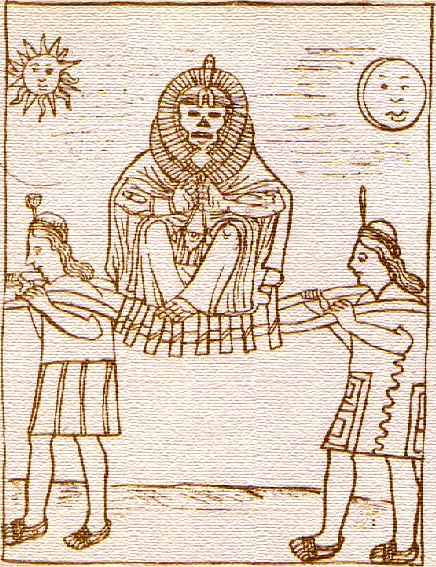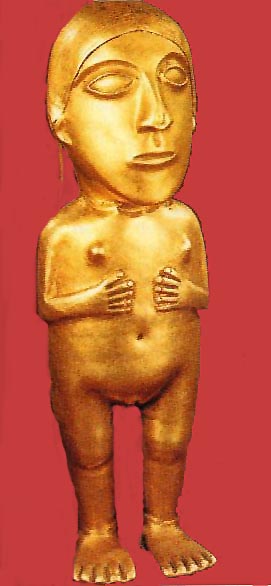
The Andean people under the control of the Inka lived in small-scale farming villages, organized into ayllus. Ayllus are social groups based mainly in kinship, though kinship can include the relationship between all living members of the ayllu, including the sun, stars, animals and plants. Under the Inka rule men and women were required to render a certain amount of labour to the state. This is called the mita system, which involved the repairing of bridges and roads, cultivating state lands, and looking after state herds of llamas and alpacas.

The Inka Empire began to collapse in 1532, preceded by the spread of small pox decimating the Andean population. Inka Wayna Capac died of the disease in 1525 and the empire was torn by civil war between Atahuallpa and Huascar, his two half brothers. Atahuallpa became ruler in 1532 just as the Spanish army, led by Pizarro, arrived in Peru. By 1534 Pizarro had captured and brutally killed Atahuallpa and proceeded to rape the Inka Empire of all its treasure. The Inkas were famous for the metal working, particularly with gold. The figurine shown above is one of the few works of craftsmanship that was not melted down by the Spanish.


